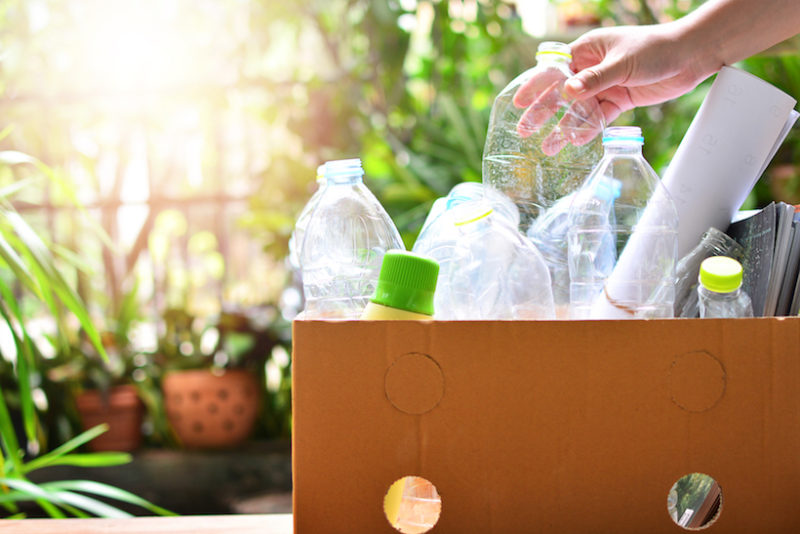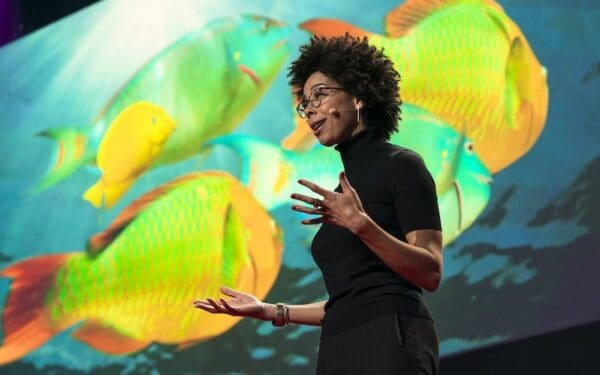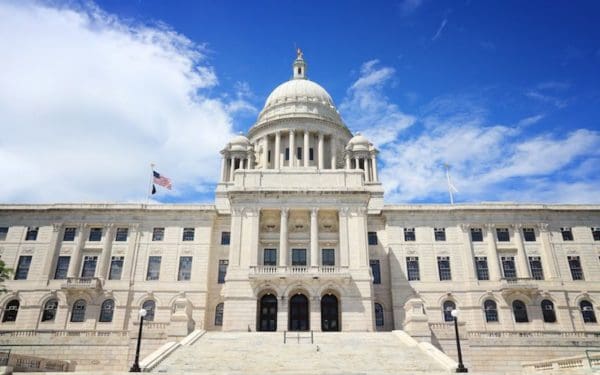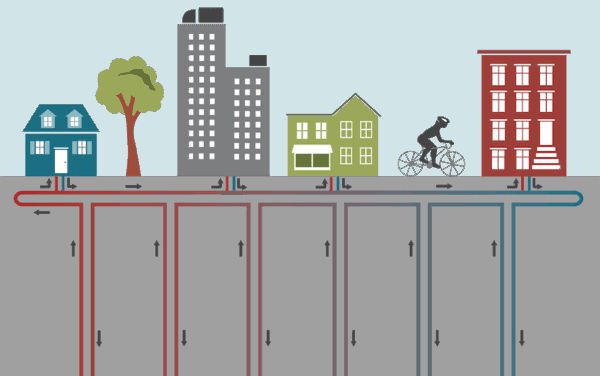
Zero waste programs are essential for building sustainable communities.
The Global Climate Action Summit is underway in San Francisco, California. Leaders from across the country – including CLF’s President, Bradley Campbell – and the globe have gathered to exchange ideas about how we can address the most pressing issue of our time: climate change.
The Summit is also challenging cities and towns around the world to step up on numerous issues, including building sustainable communities. It’s this local action committing to global goals that will ultimately lead to transformative change.
Pledging to cut carbon emissions by switching to local, clean energy is a well-known way to slow climate change. But clean energy alone isn’t enough. Another key is to reduce the amount of waste we generate and throw away. We can build thriving, sustainable communities for generations to come while avoiding the polluting emissions that come with making new products and burying and burning our trash. In fact, we have five ways cities and towns – in New England and beyond – can get started cutting their waste today.
Building Sustainable Communities by Cutting Waste
As part of the Summit’s Sustainable Communities challenge, cities have been asked to commit to three key goals:
- Reducing the waste they generate by at least 15 percent per capita by 2030.
- Reducing the amount of municipal solid waste (aka: trash) disposed in landfills or incinerators by at least 50 percent by 2030.
- Increasing the diversion rate from landfills and incinerators to at least 70 percent by 2030.
These commitments can help make our cities livable into the future and reduce climate-damaging emissions. The negative impacts of our cradle-to-grave production of goods are astronomical and far reaching – and include damaging our climate. Not only do landfills and incinerators emit toxic pollutants into our air and water, but simply disposing of goods and then making new products from new materials leads to greatly increased greenhouse gas emissions. These consumption emissions are lifecycle greenhouse gas emissions from city activity. When you include the manufacturing, processing, packaging, and shipping of products consumed by those living and working in a city or town, material consumption and waste emissions can account for about 40 percent of a city’s total greenhouse gas emissions.
But there is a solution – Zero Waste. Not only would implementing Zero Waste programs like the ones outlined below dramatically cut polluting emissions, they would conserve resources upstream, decrease toxic pollution, and create new jobs. Zero Waste programs also save communities money over the long term.
How New England Is Tackling the Zero Waste Challenge
The six New England states send about 12 million tons of trash to landfills and incinerators every year. Cities and towns that have adopted and implemented Zero Waste plans already – like Nantucket and San Francisco – are already sending about 80 percent less trash to landfills and incinerators. And Vermont has cut the amount of trash they generate by three to five percent each year since it began implementing its Universal Recycling Law in 2015.
The emissions impacts of such changes are enormous. For instance, if Massachusetts created 20 percent less trash, recycled everything that is currently recyclable, and composted what could be composted, the emissions impact would be equivalent to taking a third of the state’s cars off the road each year. What’s more, it would be much cheaper than sending 5.6 million tons of waste to disposal (at a cost of $80-$100 a ton) to you, me, and our neighbors.
So how can New England get there from here?
What New England Needs to Do Next to Cut Our Waste
This question is being asked and answered in the City of Boston as we speak. Over the past year, Boston has launched a Zero Waste planning process that should result in a draft plan by the end of 2018. After much study and stakeholder input, certain solutions keep rising to the top that we recommend all cities and towns adopt.
- Create incentives for people to throw less stuff away. “Pay as you throw” (PAYT) and “save money and reduce trash” (SMART) programs are two examples. When a city or town requires residents to pay more for trash by the bag and/or limits how much they can throw away for free, the amount of trash goes down 20 to 50 percent within a year. Worcester and Fall River in Massachusetts and Bath, Maine have all seen steep cuts in waste, and saved millions of dollars, because they implemented PAYT programs to decrease their residential trash.
- Provide curbside composting. Food and yard waste tossed into landfills is a significant source of climate-damaging methane emissions. Providing a way for suburban and urban residents to compost wherever there’s curbside trash pickup – and requiring rural residents to compost in their backyards – goes a long way. Plus, composting creates local jobs (about 20 times more than incineration for every 10,000 tons of food waste), captures carbon, and lowers trash pickup costs for cities and towns (in New England, compost tipping fees are about $25-$60 a ton, usually at least $20 less per ton than incineration or landfilling).
- Improve residential recycling programs. One of the best ways for cities and towns to improve their recycling systems and cut landfill waste is to ban items that are not recyclable. For instance, because single use plastic bags, polystyrene takeout containers, and plastic cutlery aren’t recyclable, they usually end up in a landfill, incinerator, or as litter. But often, well-meaning people toss them in their recycling bins. Just one plastic bag mixed in with a bin of recyclables can twine around a conveyer belt and shut down recycling – and the more contamination there is, the worse the problem.
- Require universal access to composting and recycling in the industrial, commercial, and institutional sector. Reduction, recycling, and composting programs all reinforce each other. This is especially true when these practices are the norm in every aspect of people’s lives – not only their homes, but their offices, factories, schools, town halls, and parks. Industrial, commercial, and institutional facilities should all be required to provide composting and recycling options wherever they provide trash receptacles.
- Invest in staff. It takes dedicated staff to set goals, measure how much waste a city or town produces, track the metrics needed to evaluate progress, educate the public, and enforce zero waste programs. The people who work in New England’s cities, towns, and state governments care about climate change and want to improve the programs they run. But they can’t do it if they don’t have the resources. We need to spend a little money to save big money – and the planet – down the line.



